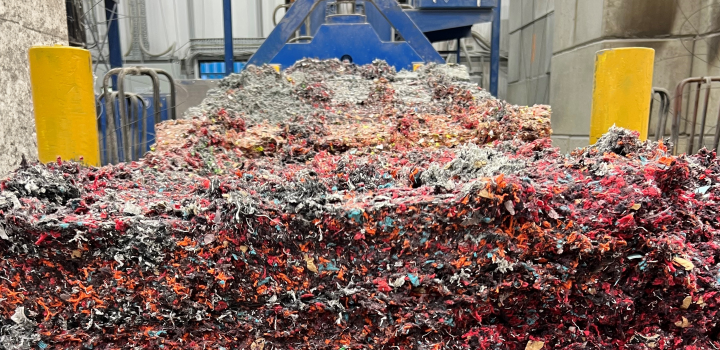What to do with obsolete or dead stock?
If your business has accumulated a large volume of obsolete or dead stock, you may be wondering what the best course of action is in terms of disposal.
There are many reasons a business could accumulate obsolete inventory. Items go out of season, out of fashion, off-trend, past their shelf life, or could just be left behind in an age where technological advancements happen extremely quickly. While it can be both costly and frustrating to have stock that isn’t selling, there are steps you can take to make the most of these obsolete items and to minimise the environmental impact of their disposal.
Discount the items or increase their visibility.
One way to reduce the financial hit of obsolete stock is to sell the items at a discount, increase visibility, or both. While this might not shift the entire stock of items, it could get the products in front of a larger audience. Whether it’s adding a banner to the homepage of your website, sending out a customer email, or putting up a promotional board in your storefront, create something eye-catching that will make people say: “Wow, what a bargain”. This can be an effective way to move products quickly. It may even attract new customers looking for a good deal!
Another option, depending on the size and value of your stock, is to bundle your obsolete items with other products that are selling well. For example, if you run an e-commerce website that sells cosmetics and you have a few cosmetic items that are not selling particularly well, you could bundle them with some popular items in a “mystery box”.
Donate the items.
While it will mean an inventory write-off for you, donation is a strong, ethical choice for obsolete stock that is suitable for reuse. You can use your obsolete stock to provide value or opportunities to charities, non-profits, youth clubs, community projects and educational establishments. This is good not just for your community but also for the reputation of your business – provided the items are not dangerous or unsuitable, of course.
When discounting and donating aren’t suitable.
Some obsolete items are not suitable for discounting or donation. For instance, if you are a manufacturer or seller of own-brand items, such as a high-end fashion retailer, discounting items may erode the value of the brand. Or, perhaps you run a stationary supply store. Maybe you have a large stock of fax machines that nobody, in this modern age, would use or want. Donating these fax machines, for instance, to a youth club may not be appropriate and would just pass the issue of disposal on to them. If you have ruled out the option of discounting or donating, secure and environmentally responsible disposal is the next route to explore.
Recycling or destroying obsolete stock.
Recycling
If the stock doesn’t need to be destroyed before disposal, secure recycling is a great option. This will ensure the materials get a new lease of life in another form and avoid any materials entering landfills.
Landfill is a huge problem in the UK. Landfill sites can produce a lot of carbon, methane, and can cause local environments to become polluted with leachates. What’s even worse is that a lot of the materials that get dumped in landfill are fully recyclable! For example, the fashion industry is a big contributor to landfill waste. The issue is so big that the EU states have backed a ban on the destruction of unsold textiles. This includes sending them to landfill. While this ban isn’t anticipated to be replicated in the UK, funding has been given to many innovators to improve textile recycling in Britain. It isn’t just the fashion industry that makes significant contributions to landfill, either. Product retailer giants have received large criticism for throwing away new, usable stock and customer returns that would be suitable for resale or donation.
If, instead of using landfill, we recycled obsolete, unsold, or dead stock, we could collectively make significant environmental improvements. Old textiles can be recycled into things like underlay and dust cloths. Plastic packaging can be granulated and turned into new plastic. Metals can be sent to metal refineries and reused as a valuable resource. The possibilities with recycling truly are endless.
Shredding
Shredding is the ideal solution for any obsolete items you don’t want to end up in the wrong hands. This could include things like branded stock or items that have passed their shelf life. Even for items that don’t require additional security, shredding is often a necessary step in the recycling process. For instance, for textiles to be recycled, they first have to be shredded.
With industrial shredders, you can destroy pretty much anything – not just paper! Luckily, you don’t have to fork out for your own industrial shredder. A reputable shredding service provider, like Shred Station, will drive to your premises and shred whatever you need.
Please feel free to get in touch if you need some assistance with your recycling or shredding requirements. At Shred Station, we are CarbonNeutral® certified. The environment is one of our top priorities. As such, we have a strict Zero to Landfill policy and recycle all materials possible via dedicated waste streams.

Above: Image showing shredded textiles to ready the items for recycling.
Sign up for our newsletter to receive alerts about new blog articles, data protection advice, and Shred Station news.
